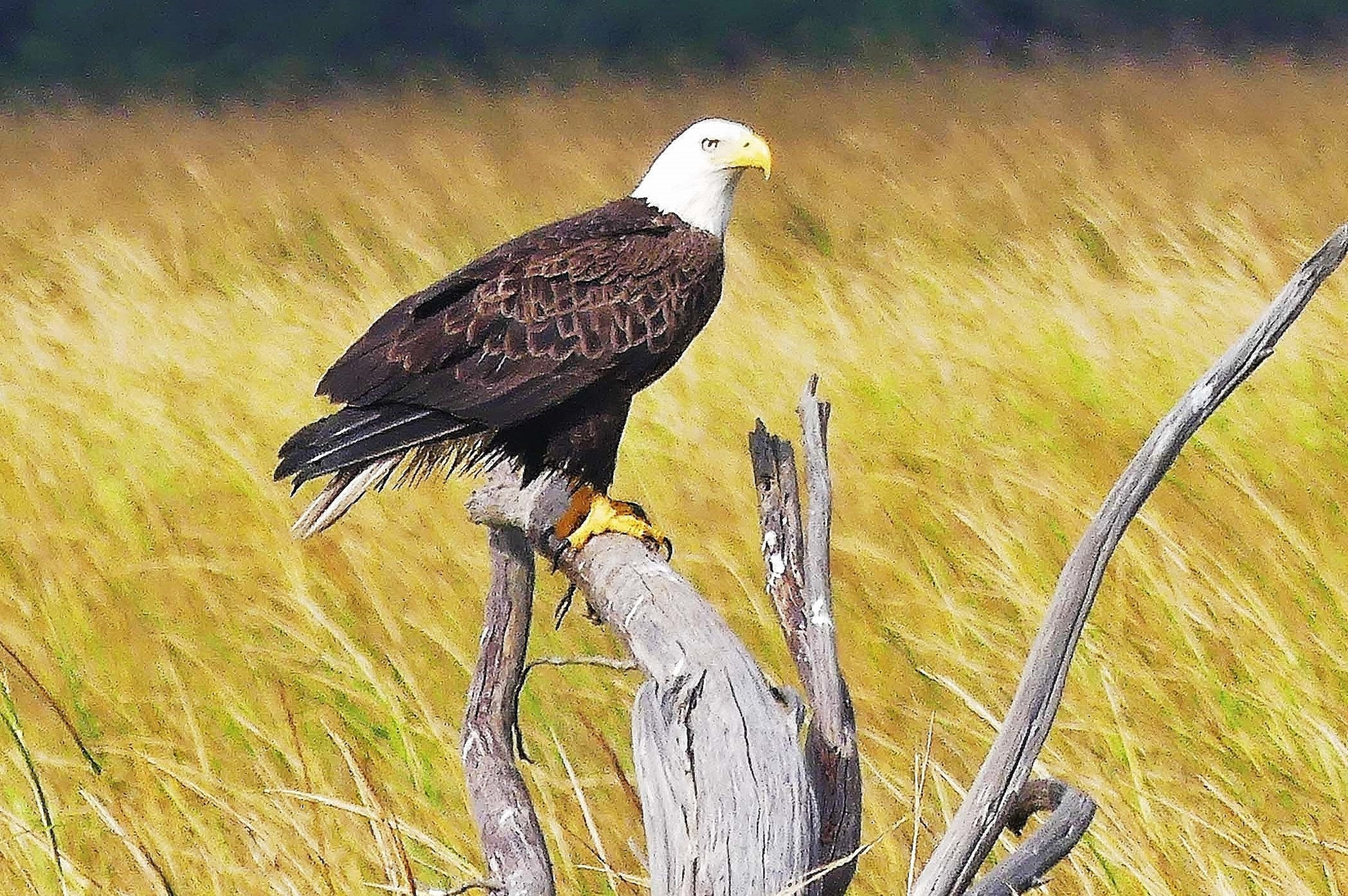Most birds can instinctively survive hurricanes

When Hurricane Helene struck last week, tens of millions of songbirds, shorebirds and raptors that nested in North America during spring and summer were flying south to Latin America and Caribbean islands for the winter.
Helene’s ferocious winds and heavy rain could not have come at a worse time. For most of them, their migratory routes include a perilous, nonstop crossing of some 500 miles over the Gulf of Mexico to Mexico, where they disperse as far south as Brazil and Bolivia.
That’s especially true of migratory songbirds — warblers, thrushes, tanagers, vireos, ruby-throated hummingbirds and many others.
But how do these long-distance travelers survive powerful hurricanes, such as last week’s Helene, that could blow them far and wide off track or lead to their deaths?
In essence, birds are able survive storms because evolution has provided them with the instincts needed to deal with all sorts of natural hazards. Although some birds undoubtedly will perish in the storms, the vast majority will make it through the fierce events. Some of the migrants may simply leave in advance of an approaching storm or fly around it. Research has found that birds can detect low-frequency sound waves and changes in barometric pressure that tell them a storm is on the way.
Indeed, early reports from radar tracking and other sources indicate that the vast majority of migrating birds appear to have made it through Helene OK. Some reports said that millions of birds that normally fly across the Southeast during fall migration instead headed west and then south to avoid the big storm.
Some migrating birds may intentionally fly into a storm — amazingly employing hurricane winds to their advantage and zipping along at superfast speeds. Birds also have an uncanny ability to get back on track if blown off their intended route.
For songbirds that stay put and hunker down during a storm, their talons can grip a branch or wire with amazing strength, allowing them to remain securely perched even during hurricane-strength winds.
IN THE SKY: From David Dundee, Tellus Science Museum astronomer: The moon will be first quarter today. Venus is low in the west just after sunset. The other visible planets rise in the east: Mars, just before midnight; Jupiter and Saturn, just after dark.
Charles Seabrook can be reached at charles.seabrook@yahoo.com.


